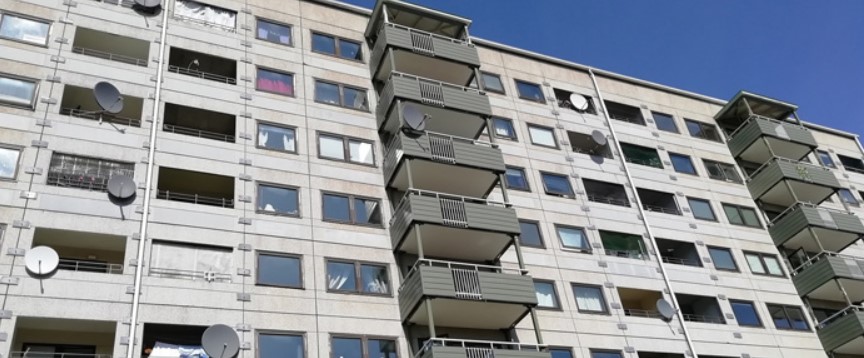New report: Sweden worst in Europe with gang shootings
A new report from the Swedish Crime Prevention Council (BRÅ) shows that lethal firearm violence has increased sharply in Sweden since the mid-2000s, and is now the worst of the 22 countries studied in Europe. In many European countries, on the contrary, lethal violence is declining, both in general and terms of firearms.
Published: June 29, 2021, 1:38 pm
The increase in fatal shootings in Sweden is exceptional, and is driven almost entirely by gun violence in a criminal environment where the victims are aged 20-29. “It is about a wrecked and failed immigration policy and a simple-minded integration policy,” said Jimmie Åkesson, leader of the Sweden Democrats.
The purpose of the study, which was presented on May 26, was to map levels and trends in lethal violence using different methods of violence, with a special focus on firearms. That it has increased has long been known to BRÅ, but this time the task from the government was to compare Sweden with other countries in Europe. With the help of mainly Eurostat and WHO, BRÅ has collected information on lethal violence from 22 countries.
Hammarkullen, Gothenburg, is one of Sweden’s 22 “particularly vulnerable areas”. In similar suburbs, where the vast majority have a foreign background, there is the criminal environment where 80 percent of all fatal shootings in Sweden take place. The police classify a total of 60 areas as either “risk area”, “vulnerable area” or “particularly vulnerable area”.
From mainly the left, criticism has been voiced that not all of Europe’s countries are included, which would present Sweden in a better light, but to Swedish weekly Nya Tider, the report’s author Klara Hradilova-Selin clarified their selection: “I do not know what they base it on. We have not included different countries to achieve a certain result in any way. The most comparable countries were chosen. It is the rest of the Nordic region in particular, and it is Western Europe that is most similar to Sweden.”
Gang shootings account for almost the entire increase
The results show that the development in Sweden in different ways differs from what it looks like in the countries studied. The general level of lethal violence has decreased in almost all countries studied during the period after the turn of the millennium, and it has decreased sharply in the countries that were previously at a relatively high level. Until a few years ago, Sweden was at a relatively low level, but the level has since risen and is now higher than in many other countries. On average, 8 people per million inhabitants fell victim to lethal violence in 2017 in the countries studied, while the Swedish figure was 11. It has continued to rise and by 2020 it had reached 12.
The increase in Sweden is primarily driven by lethal violence with firearms, a category in which our country is now very high. In Sweden, there are about 4 shot dead per million inhabitants, while the European average is 1.6. BRÅ states that no other country shows increases that are comparable to Sweden’s, and in most countries the numbers have decreased.
Sweden also stands out through the proportion of fatal shootings that can be linked to a criminal environment, with eight out of ten. In the Netherlands, for example, the proportion is 6 out of 10, while in Finland it is very rare. Sweden was also at a relatively low level during the 2000s, with 3-5 out of 10, and during the 1990s with 2 out of 10. Sweden’s exceptional increase is driven almost entirely by gun violence in a criminal environment where the victims are aged 20- 29 years, in what is usually called “gang shootings”.
The criminologist and former police officer Fredrik Kärrholm commented on the situation on 5 June in the Sweden Democratic channel Riks: “The situation in Sweden with young men who kill each other is unparalleled both in comparable countries and in our own history. In no other country in the EU have so many young men been shot dead in recent years.”
Kärrholm believes that the situation, if compared to the 1950s or Sweden’s neighbouring countries today, is extreme. He points out that gang violence consists of much more than shootings: “The firearms violence and the bombings are, however, only the ultimate form of a more extensive gangster violence. These include extortion, aggravated theft, robbery, kidnapping, drug crime and much more. And this broad criminal problem is also characterized by crudeness. It is not just about the number of crimes, but also the nature of the crime.
BRÅ sees no clear explanation for Sweden’s special position
BRÅ’s assignment did not include investigating the reasons for the increase, or why it looks like this in Sweden in particular, but refers to research that identifies a number of “risk factors that can cause sudden increases in fatal violence”. In the press release where the report was presented, Klara Hradilova-Selin explained: “It is, for example, about illegal drug markets, criminal gangs or low trust in the police in certain areas. But such risk factors also exist in some other European countries, without these countries having the same development of lethal firearm violence as we have had in Sweden.”
The report itself discusses the issue under the heading “What could it be due to?”. Access to illegal firearms is mentioned, as are socio-economic factors, but no answer is given as to why Sweden’s development differs so much from other countries. The fatal shootings are often linked to drug trafficking, but Sweden does not stand out in a European context.
Most Swedes however are not as perplexed by the increase in violence, which they believe is entirely related to asylum immigration, and the increase in the number of people with a non-European background. Since 1980, Sweden has granted residence permits to almost one million asylum seekers and their relatives.
Of the one million arrivals, 600 000 came in the last 20 years, and in the last 10 years alone, the influx of asylum seekers and relatives has amounted to 400 000 people. They often come from countries where problems are solved with violence. At the same time, it is a fact that the group responsible for the vast majority of fatal shootings are young men in criminal networks in “areas of exclusion” and almost exclusively of people with a foreign background.
Even if BRÅ’s report also touches on immigration and ethnicity, no real conclusion is reached: “People with a foreign background are overrepresented among perpetrators of lethal violence in (among other things) Sweden (Lehti et al. 2019). At the same time, different studies draw different conclusions about the significance of ethnicity or migration for lethal violence, often depending on what other circumstances are included in the analysis. Some studies find that ethnic diversity can increase the risk of fatal violence (see the meta-study of Nivette 2011).
“Others nuance this conclusion; Chon (2011), for example, has found that ethnic and linguistic – but not religious – diversity contributes to higher levels of lethal violence. Analyzes by Soysa and Noel (2018) show that it is polarization rather than ethnic diversity that increases the risk.”
Sweden Democrats challenge the response on the findings
Jimmie Åkesson challenged the Minister of the Interior Mikael Damberg on SVT Aktuellt on 26 May: “You have been giving money to vulnerable areas, to vulnerable schools and to social services for decades and nothing has helped. Everyone knows that it is not about Kalle, Pelle and Svenne who have slipped up and who need help from the social services.”
He continued: “It is about a wrecked and failed immigration policy and a simple-minded integration policy. It is not only the fault of this government, but Reinfeldt as prime minister was at least as guilty. Then efforts are also needed when it comes to petty crimes. Society must already show young children and younger teenagers that it does not pay to commit crime by being punished. No government has wanted to do anything about it.”
All rights reserved. You have permission to quote freely from the articles provided that the source (www.freewestmedia.com) is given. Photos may not be used without our consent.
Consider donating to support our work
Help us to produce more articles like this. FreeWestMedia is depending on donations from our readers to keep going. With your help, we expose the mainstream fake news agenda.
Keep your language polite. Readers from many different countries visit and contribute to Free West Media and we must therefore obey the rules in, for example, Germany. Illegal content will be deleted.
If you have been approved to post comments without preview from FWM, you are responsible for violations of any law. This means that FWM may be forced to cooperate with authorities in a possible crime investigation.
If your comments are subject to preview by FWM, please be patient. We continually review comments but depending on the time of day it can take up to several hours before your comment is reviewed.
We reserve the right to delete comments that are offensive, contain slander or foul language, or are irrelevant to the discussion.
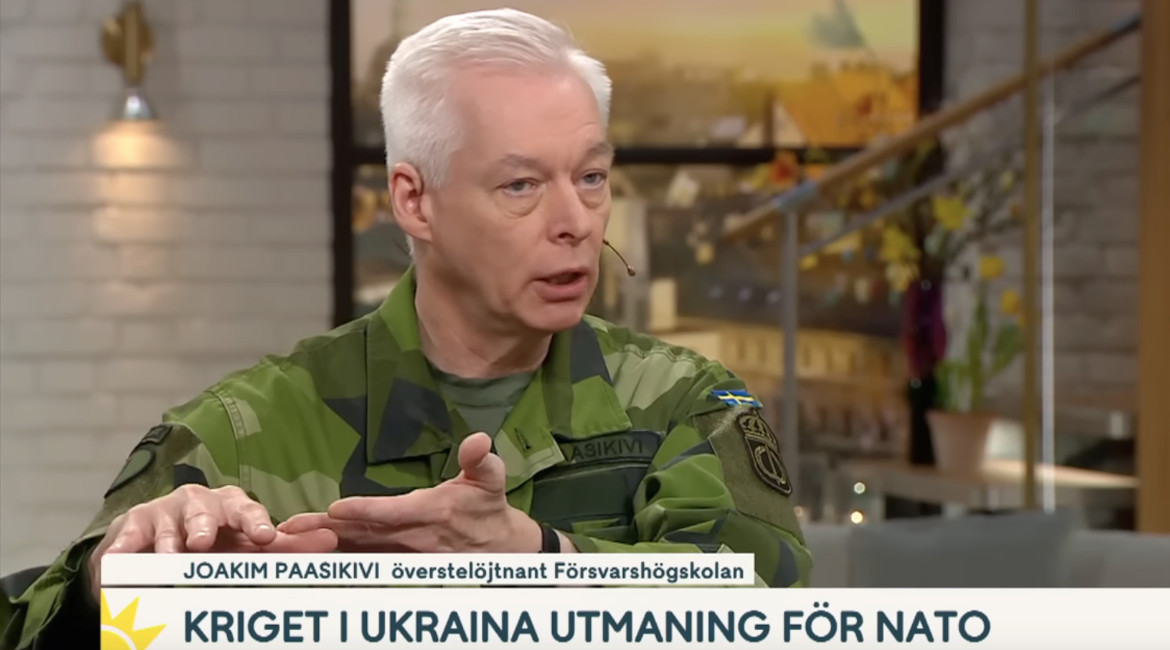
Swedish military wants to remilitarize the Åland Islands
The demilitarized autonomy has previously been known as 'the islands of peace.
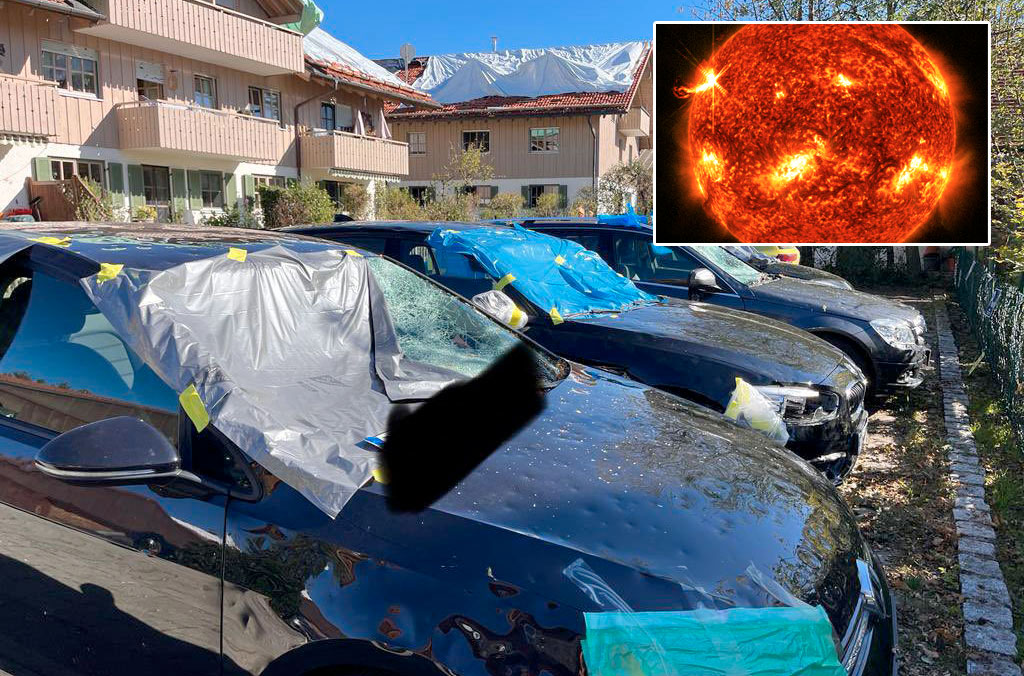
NOAA Predicts Zero Sunspots for Almost the Whole 2030s
CLIMATEThe United States' government scientific organization, the National Oceanic and Atmospheric Administration (NOAA), predicts zero sunspots from 2031 to 2040. This is an extreme situation that has not occurred in as long as humanity has been counting sunspots, and it leads us into uncharted territory in terms of our solar system. However, this prediction aligns with the warnings of the world-renowned solar researcher Valentina Zharkova for many years, who indicated in 2019 various signs of this catastrophic phenomenon, including the extreme hailstorms we have seen in Europe and the world this summer. The forecast and various observations this year give cause for very significant concern. In this unique analysis, Free West Media explains why.
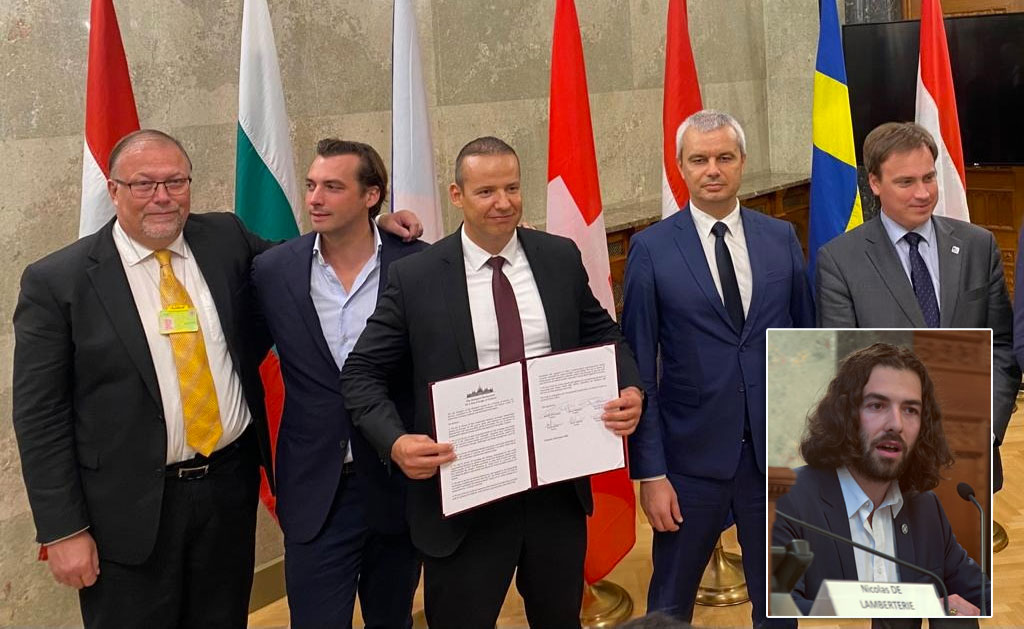
European Nationalist Parties Forge Cooperation Ahead of EU Elections
EUROPEAN ELECTIONSOn Saturday, August 26, representatives of six European nationalist parties gathered in Budapest. The meeting was initiated by the Hungarian party Mi Hazánk and took place in the national parliament. Representatives of the parties signed a joint declaration that not only reaffirms the parties' friendship but also their unity on a range of complex political issues. A surprisingly clear and radical manifesto was established. The hope is that this cooperation will lead to success in the EU elections and eventually result in the formation of a group in the European Parliament. For Swedish nationalism, this meeting marks a success as Sweden, for the first time, has a party represented in a leading nationalist cooperation in Europe. Free West Media was present at this historic event.
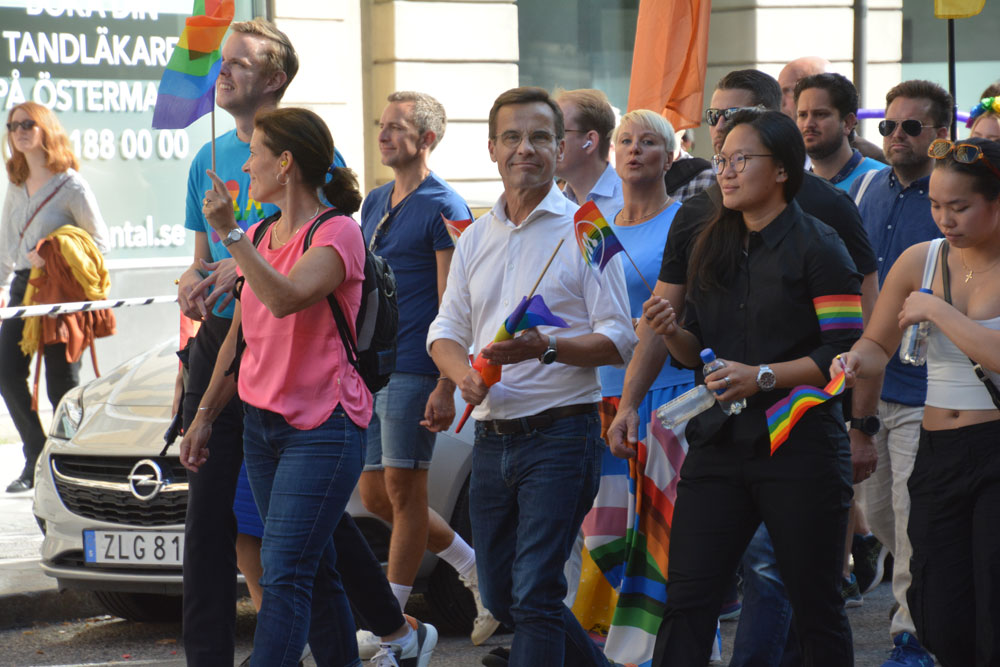
Turkey Believes Sweden Hasn’t Done Enough
Sweden will have to wait a bit longer for NATO membership, according to Turkey's Justice Minister Jilmaz Tunc. First, Sweden must extradite the "terrorists" Turkey wants and stop the desecration of the Quran.
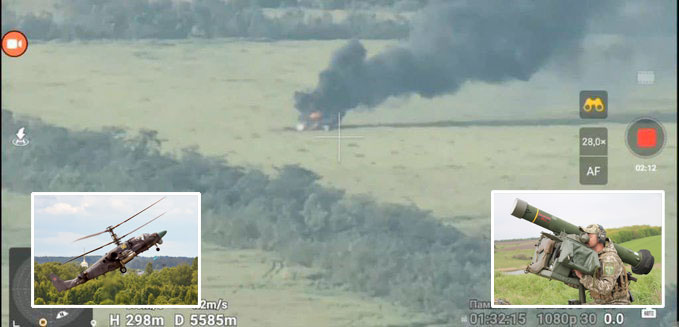
Swedish Weapon Takes Down Russia’s Best Attack Helicopter
The Russian attack helicopter Ka-52 is considered one of the world's best and has struck fear in Ukraine, where it has hunted down tanks and other armored vehicles, often beyond the range of many light anti-aircraft systems. However, it has met its match in the Swedish air defense missile system RBS 70, which has quickly led to significant losses for the Russian helicopter forces.
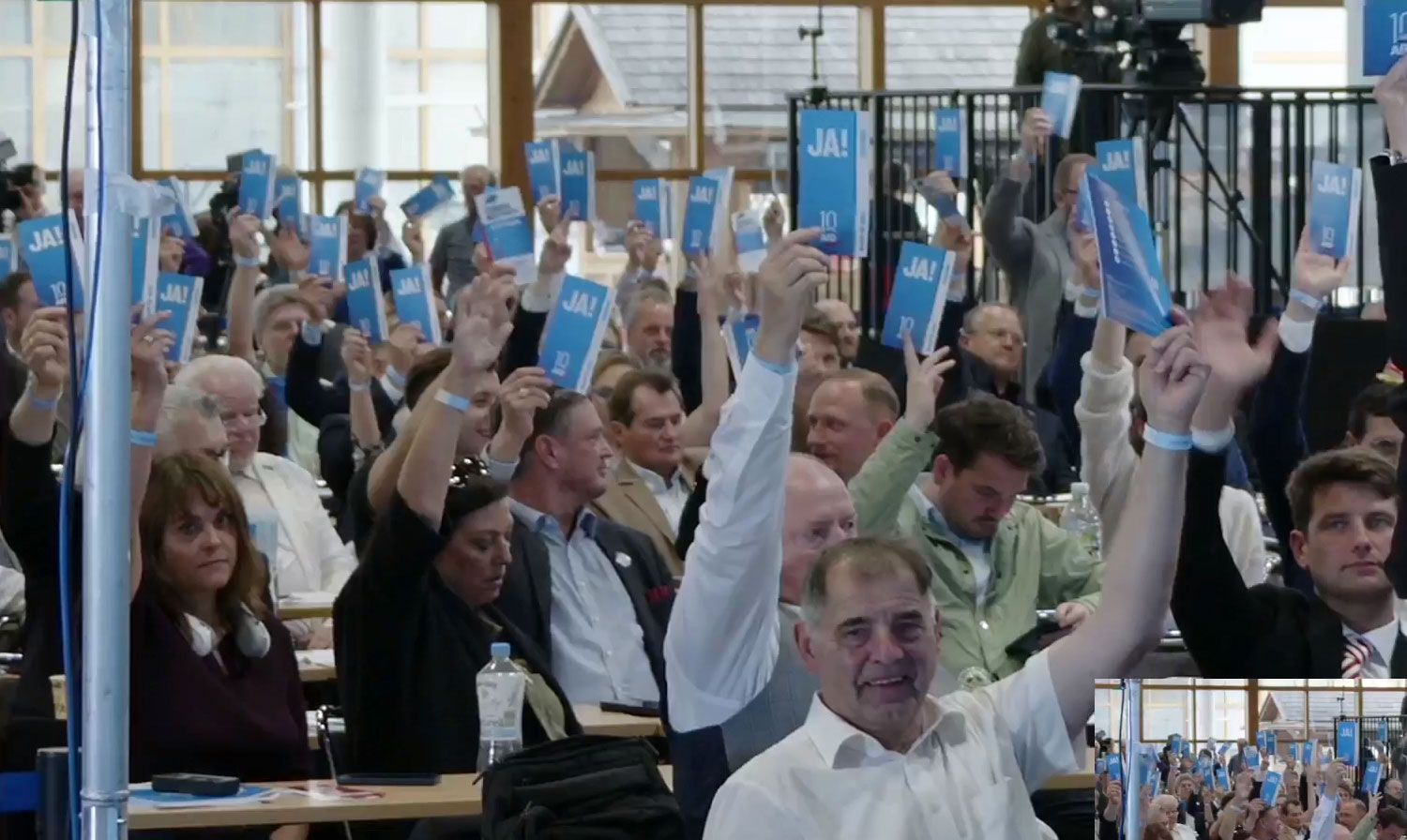
Strong Confidence in German AfD
Alternative for Germany (AfD) held a party conference on July 29-30 to select candidates for the upcoming EU election next year. EU Parliament member Maximilian Krah, belonging to the party's more radical, ethnonationalist faction, was appointed as the top candidate. The party's two spokespersons delivered powerful speeches criticizing the EU's failed migration policy and trade sanctions that isolate Europe and Germany from the rest of the world. They argued that it's time for the EU to return a significant portion of its power to national parliaments. However, they have dropped the demand for Germany to exit the EU.
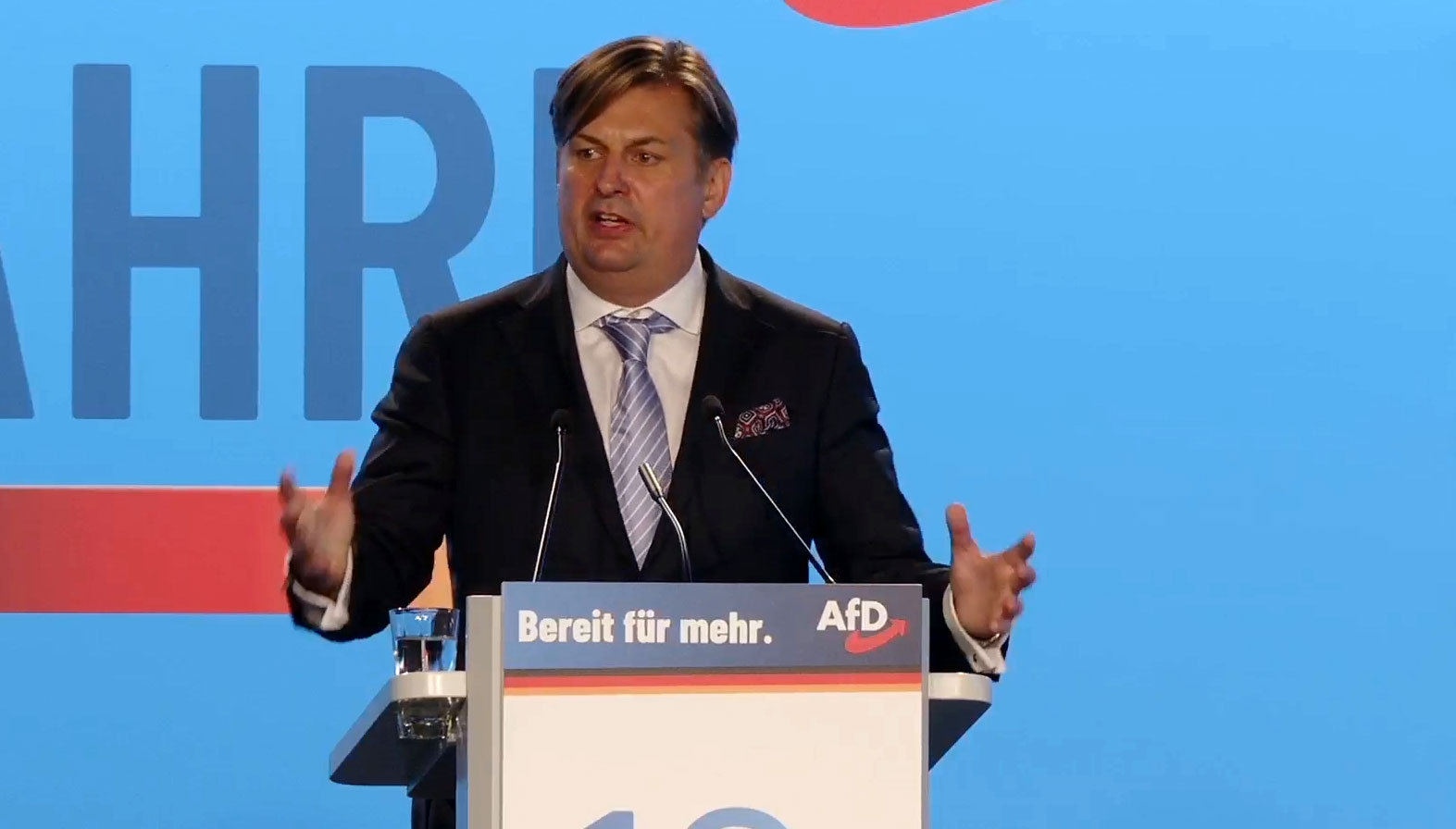
The Establishment Wants to Ban Germany’s Second Largest Party – for the Sake of Democracy
The rising popularity of AfD has raised strong concerns within the establishment. Despite lies and demonization in the media and isolation from the overall political establishment, the party continues to grow. Certain representatives of the party are accused of becoming increasingly "extreme," and in an unusual move, the influential weekly newspaper Der Spiegel demanded that AfD be "banned."

Dutch FvD break through the media blockade
What is happening in the Netherlands? It is often difficult to follow events in other countries, especially when distorted by system media. We give Forum for Democracy (FvD) the opportunity to speak out on the political situation in the Netherlands and the staunch resistance they face in trying to save the country.
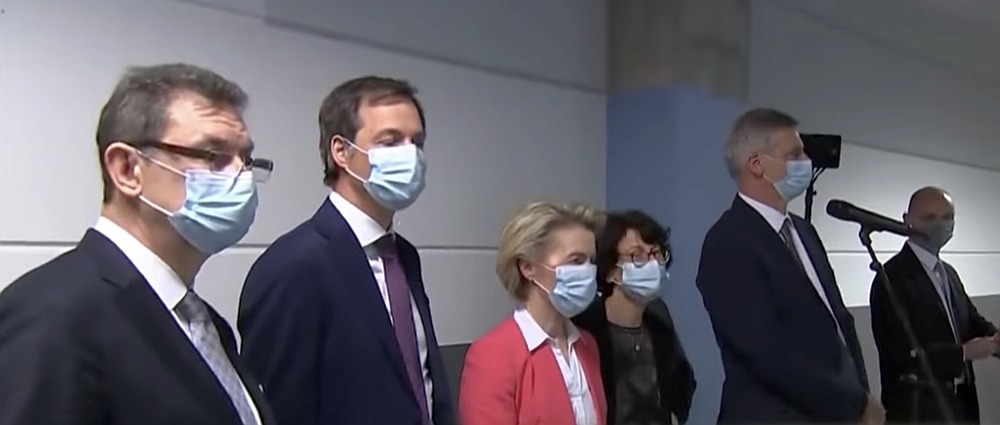
The Ursula von der Leyen Affair
After a criminal complaint in Belgium against the President of the European Commission, the so-called SMS-case, now takes a new turn. The judge responsible for the investigation will likely gain access to the secret messages exchanged between Ursula von der Leyen and Albert Bourla, CEO of Pfizer, at least if they haven't been deleted.
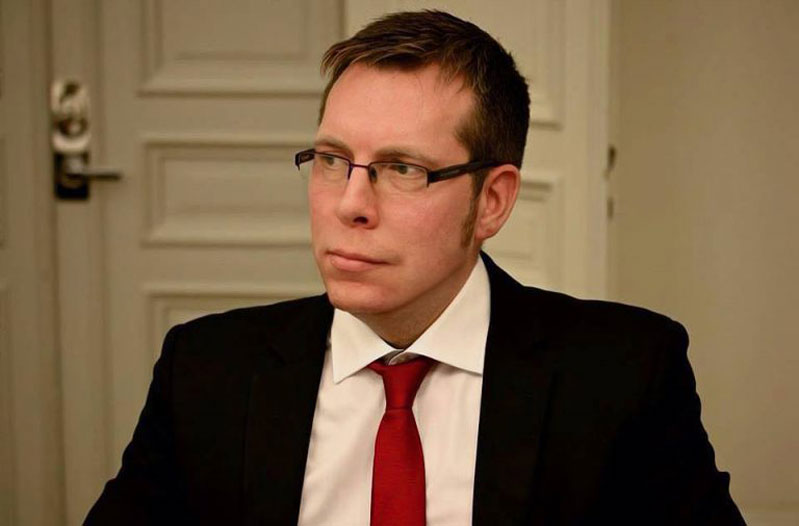
Publisher of Unique Literature Worldwide Blocked by International Distributor
Arktos has distinguished itself by publishing groundbreaking philosophers and social critics. Now, the publisher's international distributor has abruptly terminated the cooperation, and more than 400 already printed titles cannot reach their audience. There is strong evidence that the distributor has been under pressure, something that has also happened in Sweden. We have spoken with Arktos founder Daniel Friberg about the ongoing struggle for freedom of speech in a shrinking cultural corridor.
